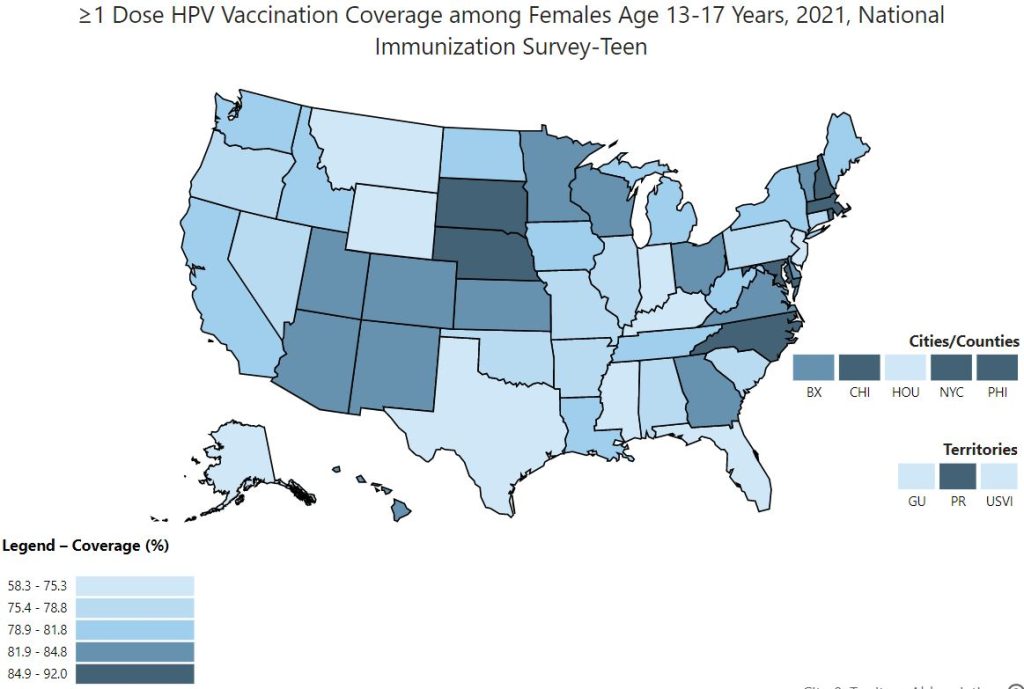1.10 Science is a social endeavor
One of the key points raised by the cervical cancer example is that science is a social endeavor. For example, scientists may be motivated to study some topics and not others. Like all people, scientists are flawed and can make mistakes. Therefore, it is critical that science is open to replication and revision. It took many years of study, involving thousands of individuals, to establish HPV as a cause of many cervical cancers. And our knowledge is still imperfect.
Also, scientific findings matter to people. If the Pill really were the main cause of a deadly cancer, then many females would need to re-think their choice of contraceptives. Alternatively, many females might have decided to forego contraceptives altogether, possibly resulting in many unplanned pregnancies, higher abortion rates, etc. Further, if the HPV vaccine really does lead to more teenage sex, then many parents might opt not to have their children vaccinated, for a variety of reasons (religious, cultural, etc.).
As it is, there are still social and medical challenges associated with the HPV vaccine. In the United States in 2021, 78.5% of teenage females had started the vaccination series. However, HPV vaccine coverage varies greatly between states with Mississippi at 58.3% and South Dakota at 92%.

Historically, males have lagged behind females for HPV vaccination coverage; however, in recent years they have begun to catch up. In the United States in 2021, 75.4% of teenage males have started the vaccination series. This is only a 3.1% gap. Again, HPV vaccine coverage varies greatly between states with Mississippi at 54.3% and the District of Columbia at 90.9%

There continues to be room for improvement as completion of the HPV vaccine series, 61.7%, remains well below the CDC recommended rate of 80%. This statistic may be due to parent concerns about teenage sex, or perhaps a lack of understanding at the population level of how vaccinations work. In order to make dramatic reductions in the incidence of cervical cancer, the majority of males and females must get vaccinated against HPV. Perhaps better education—about herd immunity and the connection between HPV and cancer—is warranted.
Content on this page was originally published in The Evolution and Biology of Sex by Sehoya Cotner & Deena Wassenberg and has been expanded and updated by Katherine Furniss & Sarah Hammarlund in compliance with the original CC-BY-NC 4.0 license.

